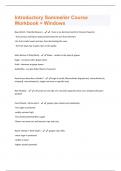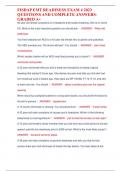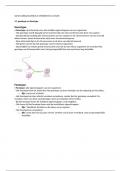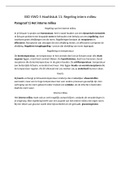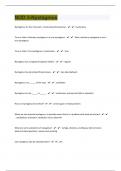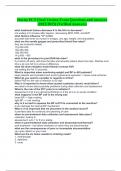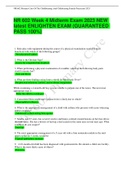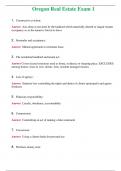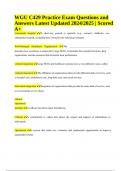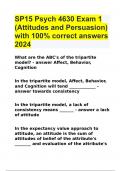Exam (elaborations)
Introductory Sommelier Course Workbook + Windows Questions And Answers Graded A+
- Course
- Institution
New World - Potential Reasons - - there is no dominant earth of mineral character - fruit aromas and flavors lead and dominate the non fruit elements -the fruit smells sweet and ripe, thus dominating the nose - the fruit stays ripe or gets riper on the palate Main factors of Pulp (flesh) - Wate...
[Show more]
